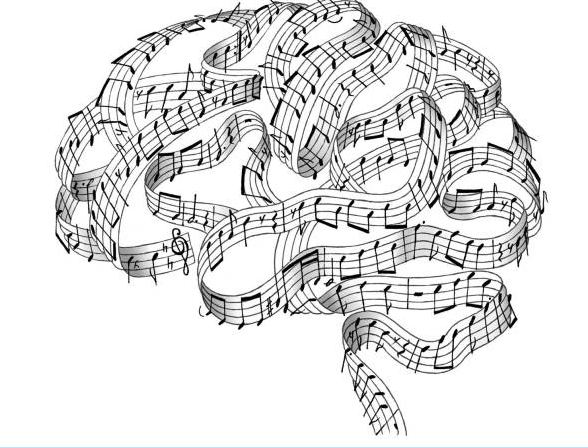
BY: KRISTA TOLOMIZENKO
For many people with Acquired Brain Injury (ABI), rehab or therapy is a necessary regimen to regain basic skills such as walking and speaking. Few people, however, realize therapy doesn’t always need to be full of weights, exercise equipment or walking aids. These spaces can also be filled with guitars, pianos, or small drums and still help both physical and cognitive rehabilitation.
Music therapy, although relatively new, is a beneficial option for people in a range of circumstances, from developmental disorders to recovery from ABI. In most cases, it works alongside traditional rehab in order to yield stronger and faster results.
From a basic neurological perspective, listening to music activates various areas in the brain. The stimulation causes new pathways to be created as the effects of music spread. This is essential when brain injury has occurred and there are non-functional areas, new pathways are made in order to avoid the non-functional areas and regain skills from creating an initial response through music.
Music therapy involves a non-musical goal that is continuously re-evaluated throughout progress. These are often cognitive goals that musical therapists help patients reach while assessing their non-musical abilities through the different aspects of music.

Have you ever started tapping your foot along to the beat of a song without realizing? That’s because you were aware of the music playing and to matched that rhythm both cognitively and physically (even if you didn’t intend to).
Tempo is one of the most important elements that allows musical therapists to help non-verbal patients. Even if the patient isn’t capable of clapping or tapping along to the rhythm, their internal metronome still ticks and they can react to tempo. Music therapists check if they’re breathing in synch with the tempo of the music to determine if the patient is aware of the music playing.
Other cues from patients include changes in muscle tension or relaxation and improvising music. These demonstrate signal perception in the brain and environmental awareness. They are just some elements that help therapists assess their patients to help them in non-musical ways.
The benefits of music therapy are also diverse. They can range from helping a patient maintain eye contact to helping non-verbal patients enter into dialogue. Some benefits include attention and mental health.
If the patient is aware of their environment enough to perceive the music, their neural pathways remain stimulated throughout the song. The continuous brain activation generates strong pathways that can be used for extended periods of time for other tasks. The patient therefore gradually improves their attention span.

Music therapy can also improve the mental health of patients with brain injury. In a case study of a patient with Multiple Sclerosis, anxiety and depression were reduced and the patient stopped identifying themselves as someone sick. Instead, they recognized their creative identity and were able to improve their self-esteem after music therapy.
Overall, while music therapy is not a popular option for people struggling with brain injury, the effects have been consistently positive for wide a range of conditions. Alongside other rehab therapies, music therapy can help patients develop new skills and reacquire lost abilities through the neural activation of music. So, let’s start the beat and make some music!
Want More Information?
- Music Therapy Ontario – Find a Music Therapist & Learn more about Music Therapy
- Canadian Music Therapy Fund – Subsidized Music Therapy opportunities for those who need it most
FEATURED IMAGE: NOTE-ABLE MUSIC THERAPY SERVICES
References
Gilbertson, S., & Aldridge, D. (2008). Music Therapy and Traumatic Brain Injury: A Light on a Dark Night. London: Jessica Kinglsey Publishers.
Levitin, D. J., (2006). This Is Your Brain On Music. New York, NY: Plume.
MacNeil Lehrer Productions. (2012). Brain Injuries: The Healing Power of Music [Television Broadcast]. United States: PBS NewsHour.




